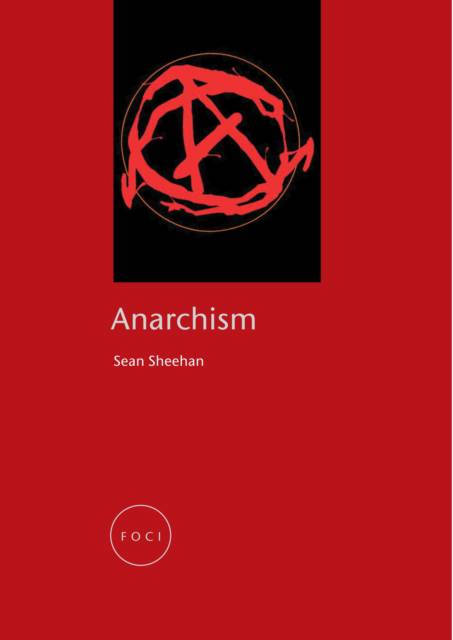
- Retrait gratuit dans votre magasin Club
- 7.000.000 titres dans notre catalogue
- Payer en toute sécurité
- Toujours un magasin près de chez vous
- Retrait gratuit dans votre magasin Club
- 7.000.0000 titres dans notre catalogue
- Payer en toute sécurité
- Toujours un magasin près de chez vous
18,45 €
+ 36 points
Description
Anarchism re-emerged on the world stage at the end of 1999 on the streets of Seattle when the World Trade Organization was brought close to collapse. Anarchist groups shared pavement space with environmentalists, pacifists and a whole host of other groups. The anti-capitalism, anti-globalization movement can be seen as a post-Cold War development, rejecting the terms of the old debate - whether capitalism or Soviet-style Communism. This new oppositional voice is allied to anarchism not just because specific anarchist groups are part of the movement, sharing a common criticism of the status quo, but also in a broader sense arising from the non-hierarchical nature of the movement and its rejection of traditional party politics. Anarchism is as much an attitude as it is a set of formulated doctrines and in this book Sean Sheehan provides an engaging introduction to what anarchism means, describing its history through anecdote and dramatic events, and offering explanations of the issues behind this "movement". He avoids a narrowly political or polemical viewpoint, using examples from all over the world and images from anarchist-inspired ideas and forms. Anarchist thinking and influences emerge in many different aspects of contemporary culture and history, and the author looks at instances in areas of political thought, history of ideas, philosophy, theories of education and ecology, as well as film and literary criticism. Systems of thought such as Buddhism and Taoism, art movements such as Dada and Surrealism, literary treatments of anarchist ideas in the work of Blake, Wilde, Whitman, Kafka and Eugene O'Neill, anarchism in relation to sex and psychology in the work of Reich and Fromm, as well as aspects of Nietzsche's philosophy as expressions of anarchist individualism - all these and other topics are also tackled. This combination of history, anecdote and cultural analysis is an informative and lively study that is guaranteed to provoke debate.
Spécifications
Parties prenantes
- Auteur(s) :
- Editeur:
Contenu
- Nombre de pages :
- 175
- Langue:
- Anglais
- Collection :
Caractéristiques
- EAN:
- 9781861891693
- Date de parution :
- 04-04-04
- Format:
- Livre broché
- Format numérique:
- Trade paperback (VS)
- Dimensions :
- 150 mm x 206 mm
- Poids :
- 358 g

Les avis
Nous publions uniquement les avis qui respectent les conditions requises. Consultez nos conditions pour les avis.






